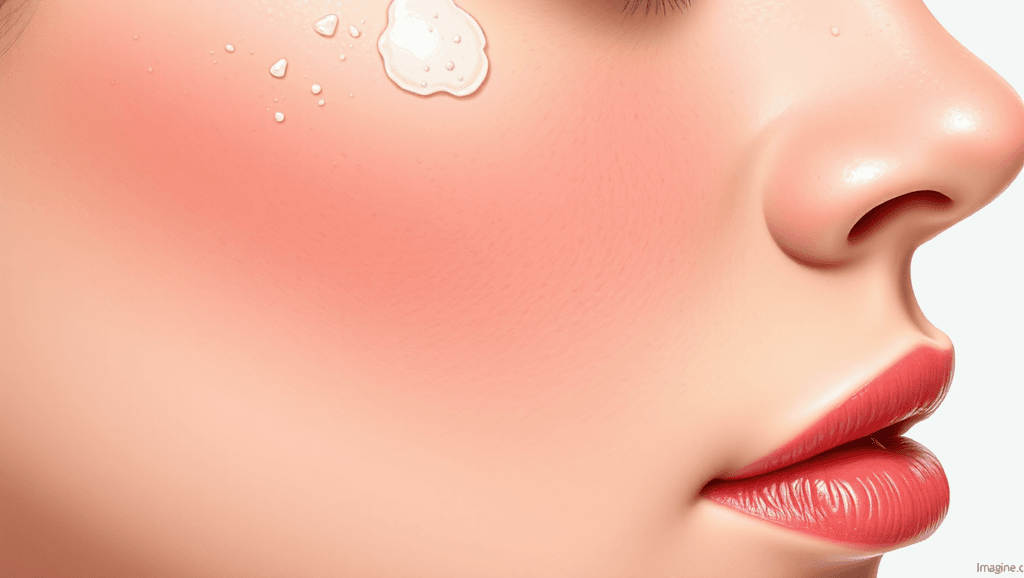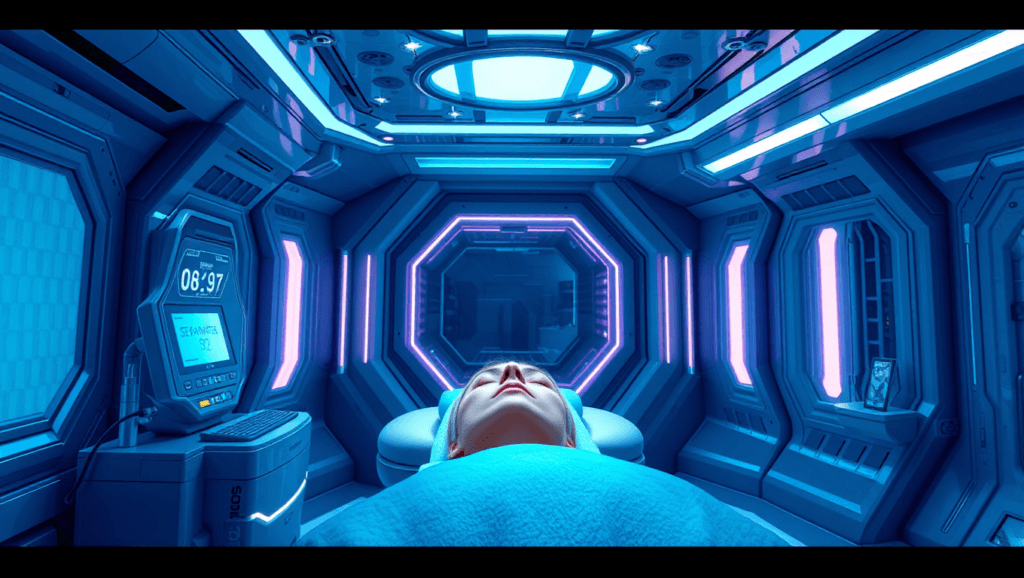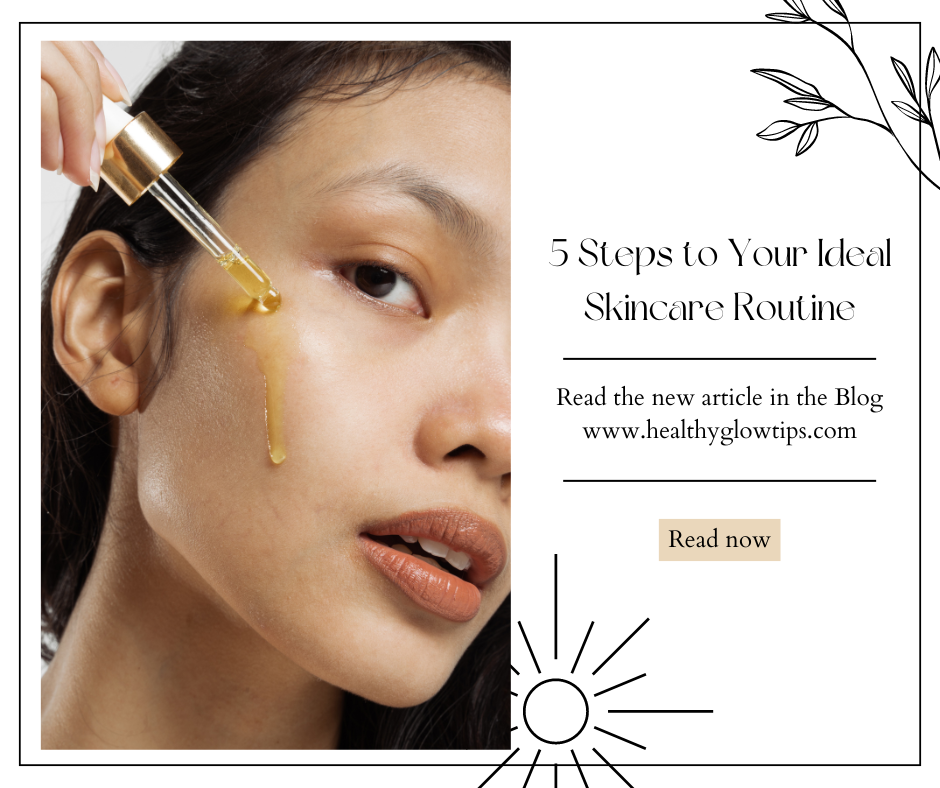How To Get Rid Of Skin Texture: Solutions + Professional Tips & Tricks

Why Is Your Skin Texture Off
Uneven skin texture is an issue faced by people of every age and skin type. It is important to establish why textural irregularities happen before solutions are discussed. Skin texture literally means how the surface of your skin feels, and it can be impacted by a number of factors including:
- Dead skin cell buildup
- Enlarged pores
- Environmental damage
- Acne scarring
- Natural aging process
- Dehydration
- Sun damage
The Anatomy of Skin Texture
Skin is a multi-layered organ The outermost layer (epidermis) has some of the most importanttextural duties. There is a silky smooth outer layer that if disrupted from normal behavior can cause bumpy, dimpled skin. Skin is a biological organ, and understanding its science helps us pick the right treatments.
Role of Collagen & Elastin
Collagen and elastin are proteins that supports keep your skin strong and flexible. Their production declines steeply with age and bring about alterations in texture. Promoting the skin’s natural production of these proteins is key to improving the texture of your skin.
Professional Options For Mental Health Care
Chemical Peels
Chemical peels continue to be one of the most effective professional office treatments for skin texture. These treatments work by:
- Removing dead skin cells
- Stimulating cell turnover
- Boosting collagen synthesis
- Diminishing scars + Getting rid of scarring
There are several types of chemical peels with different levels of treatment:
1. Mild peels (Alpha-hydroxy acids)
2. Medium-depth peels (TCA)
3. Deep peels (Phenol)
Microdermabrasion and Dermabrasion
These mechanical exfoliation procedures are effective at treating:
- Concerns regarding textural appearance
- Mild scarring
- Enlarged pores
- Uneven skin tone
At-Home Skincare Routine

Daily Cleansing
This one is Least you all would know and Cleaning lays the base of a good skin texture. Pick an ideal cleanser for your skin type:
For dry skin: Cream-based cleansers
Oily skin: New-age oil-based (instead of more chemical-based) cleansers
Combo: Balanced Formulation
For Sensitive Skin: Fragrance-free, gentle options
Exfoliation Methods
Exfoliating regularly will also help with whatever sort of texture you have going on. Consider these options:
1. Chemical Exfoliants:
- Alpha-hydroxy acids (AHAs)
- Beta-hydroxy acids (BHAs)
- Polyhydroxy acids (PHAs)
2. Physical Exfoliants:
- Gentle scrubs
- Facial brushes
- Microfiber cloths
Note: Do not exfoliate more than 2-3 times/week so as to not irritate the skin
Active Ingredients
Including right active ingredients can help texture of skin immensely:
Retinoids
- Boost collagen production
- Increase cell turnover
- Reduce appearance of pores
Available in different strengths
Vitamin C
- Brightens skin tone
- Boosts collagen production
- Antioxidant protection
It is compatible with other actives
Niacinamide
- Regulates oil production
- Minimizes pore appearance
- Strengthens skin barrier
- Reduces inflammation
Characteristic of Skin Texture — Lifestyle relavent

Sun Protection
- Healthy skin texture: Never compromise on your sun protection
- Use SPF 30 or higher broad spectrum
- Apply every 2 hours while outside
- Wear protective clothing
- Avoid peak sun hours
Hydration and Nutrition
Skin texture is greatly influenced by internal factors:
1. Water Intake:
- Aim for 8-10 glasses daily
- Do urine colour checks for hydration status
- Think about electrolytes
2. Dietary Considerations:
- Consume omega-3 rich foods
- Add in Fruits & vegetables that are filled with antioxidants
- Reduction of processed foods and added sugar
- optional: take collagen supplements
Advanced protocol treatment

Combination Therapy
To get the best results, you can think about the following combination of treatments:
1. Professional Treatments:
Alternate every month between chemical peels and microdermabrasion
- Use with LED Light Therapy
- Add frequent facial treatments
2. At-Home Care:
- Layer products correctly
- Using an active ingredient that is complimentary
- Maintain consistent routine
Seasonal Adjustments
Change your skincare routine according to the change of weather:
Summer:
- Lighter hydration
- Increased sun protection
- Gentle exfoliation
Winter:
- Rich moisturizers with barrier-supporting ingredients
- Lower exfoliation frequency
Common Mistakes to Avoid
1. Over-exfoliation
2. Inconsistent routine
3. Combining Ingredients That Shouldn T Go Together
4. Neglecting sunscreen
5. Using harsh products
Maintaining Results
Regular Assessment
Monitor your skin’s progress:
- Take monthly photos
- Keep a skincare journal
- Note environmental factors
- Track product effectiveness
Professional Consultation
Regular visits to professionals in skin care help:
- Adjust treatment plans
- Address new concerns
- Maintain results
- Prevent future issues
Special Considerations
Sensitive Skin
Say to sensitive skin:
- Patch test new products
- Introduce the product one by one
- Use gentle formulations
- Avoid common irritants
Acne-Prone Skin
Acne-prone skin in mind:
- Non-comedogenic products
- Salicylic acid treatments
- Oil-free formulations
- A+ Treatments that clear your pores
Long-Term Strategy
Skin texture improvement needs:
- Patience and consistency
- Regular maintenance
- Preventive care
- Lifestyle modifications
Tempering Your Expectations
Results take time: keep that in mind
Timeframe: Based on first results: 4-6 weeks
Major changes: 3–6 months
Sustained effort: Ongoing
Summary and Next Steps
To have a perfect skin texture requires it to be a combination of:
- Professional treatments
- Consistent home care
- Lifestyle modifications
- Proper product selection
N.B: Skincare is a journey — not a destination. In short, a bit of care and a lot of patience do the job when it comes to better skin texture and maintaining it.
Go step by step, adding things as your skin gets used to new treatments. If you have sensitive skin or a history of acne, always consult your dermatologist before starting any new treatment.
You can read this for extra tips Dr. Moustafa Mourad


